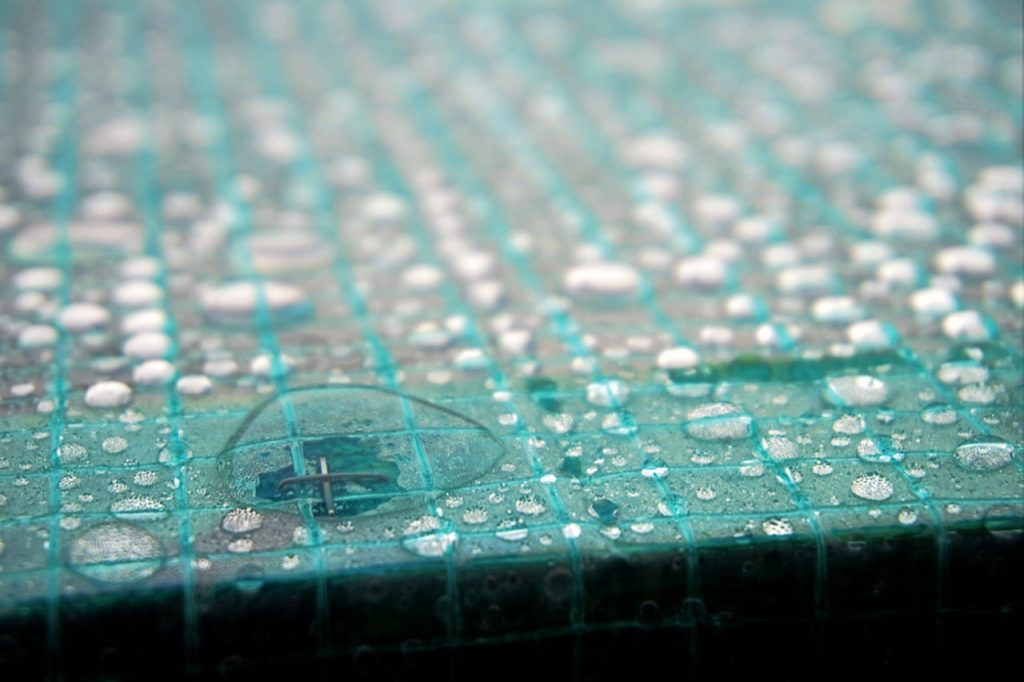The raw materials for making floor tiles could be synthetic or natural. Every floor tile is unique because of its properties or production process. Some of the properties that come with stone or ceramic tiles include resistance to abrasion, impact, heat, and water absorption rate. However, tiles often suffer from environmental impacts when they have been too exposed to the effects of weather. Let’s share some scientific impacts on building materials like tiles.
Moisture Can Cause Bacterial Grout and Mold Growth
Some cracked portions of floor tiles might show signs of fossils and can lead to undertaking bathroom renovations. Apart from temperature changes, moisture can promote the growth of mold on tiles. This colony of antibacterial agents spreads faster in damp environments. Unlike floor tiles, mold and mildew growth are more visible on tiles for wall cladding. You’ll notice grout between each tile when humidity changes occur during winter months. However, the application of fungicidal cleaners can clear antibacterial agents and ensure that tiles last long.
Expansion from High Temperatures
A sudden rise in ambient temperature can cause humidity changes that affect tiles. Get an expert to assess the changes when you notice that floor tiles are shrinking, expanding or cracking. When the expansion of your home’s floor tile is not caused by any movement joints, it’s called ‘tenting.’ This condition occurs more with porous ceramic tiles. You might notice these impacts around the joints between floor tiles or the perimeter walls of your home. Other scientific effects expanding floor tiles are poor shear and tensile stress. It will help when installers or contractors supply tiles that are tolerant of extreme temperature changes. Additionally, protecting wall and floor tiles from higher temperatures might improve their lifespan.
Discoloration from Dust
When floor and wall tile materials have little resistance for stains, they will retain dust easily. Since tiles are products of clay and natural raw materials, it’s more sustainable to clean them regularly. Therefore, it is important to have easy maintenance and cleaning, especially when establishing a bathroom design. Also, areas in the home with high traffic like living rooms and kitchens should have stain-resistant tiles. Apart from discoloration, occupants might suffer from respiratory conditions like catarrh, asthma or emphysema when the dust is released into the air. Also, science has shown that poor hygiene and lead contamination cause skin irritations. So, clean your floor tiles before laying on them, or after renovations and tile-cutting projects.

Global Warming Effects
The earth is threatened by one of the drawbacks of greenhouse gas emissions, and the production process of most ceramic tiles makes this fear a reality. There are more potentials of environmental hazard with ceramic than marble tiles. Generally, lead emissions are examples of notorious by-products from tile glazing, and boron emission is a greater risk to health. While boron emits arsenic gas, the decorative attributes of a lead-free glazed ceramic tile might not pose any danger. However, these scientific impacts of greenhouse gas emissions can cause both health challenges and global warming.
Other Pollutants from the Process of Firing Kilns
The silica powder that’s released during the glazing of tiles can form oxides in the air. Usually, the composition of pollutants from the raw materials of tiles depends on their manufacturing process. Apart from glaze preparation, emissions from the firing of tiles might include minerals in the clay and lattice-like Fluorine compounds. After the application of heat (firing kilns), other pollutants like chlorides and sulfur oxides (from fuel oil) will be released to the atmosphere. Additionally, two of the biggest combustion pollutants from firing kilns are Carbon dioxide and VOCs.
Clay, limestone, and water may contain few impurities. We can’t expect the same concentration of pollutants from the production process (glazing) of tiles.



